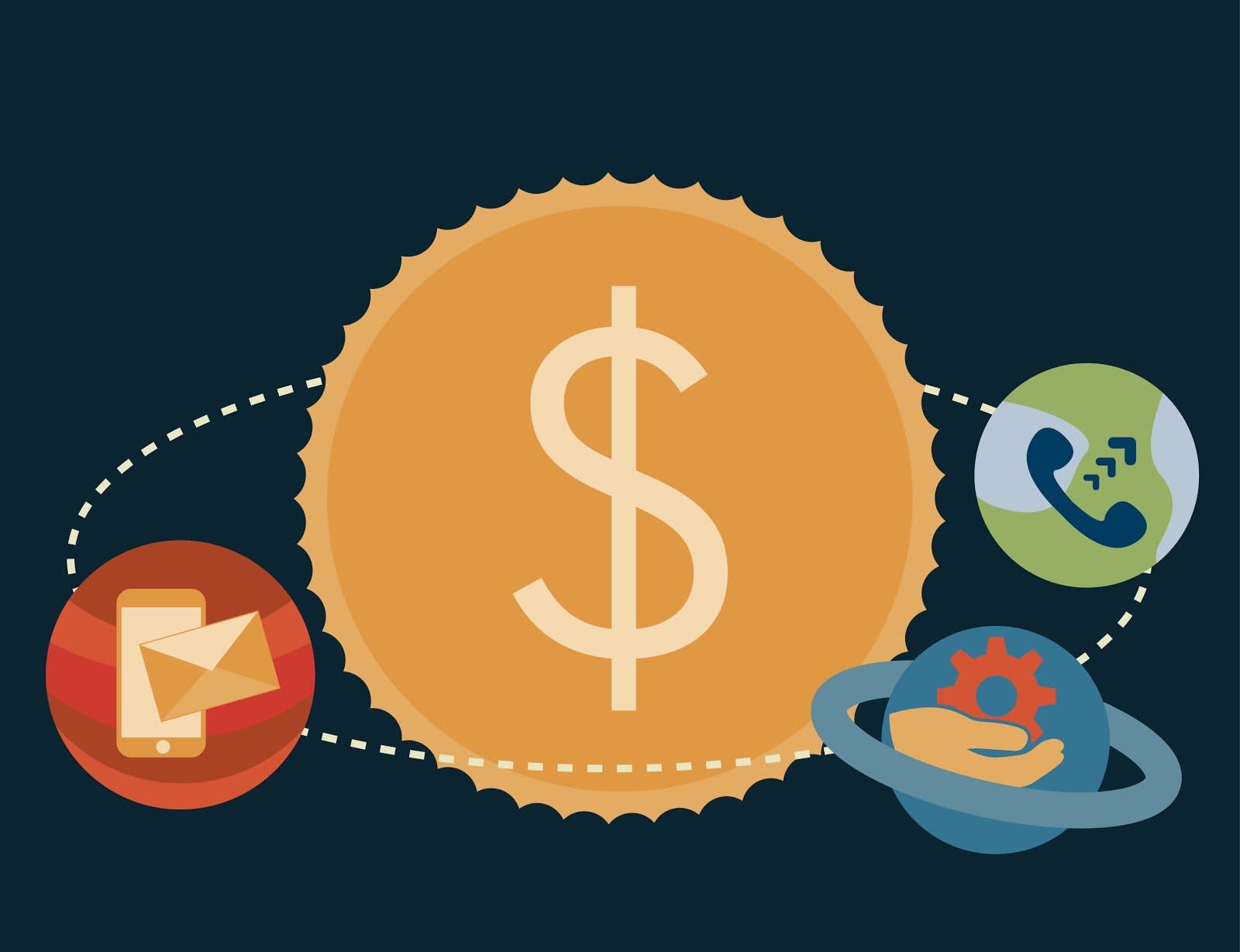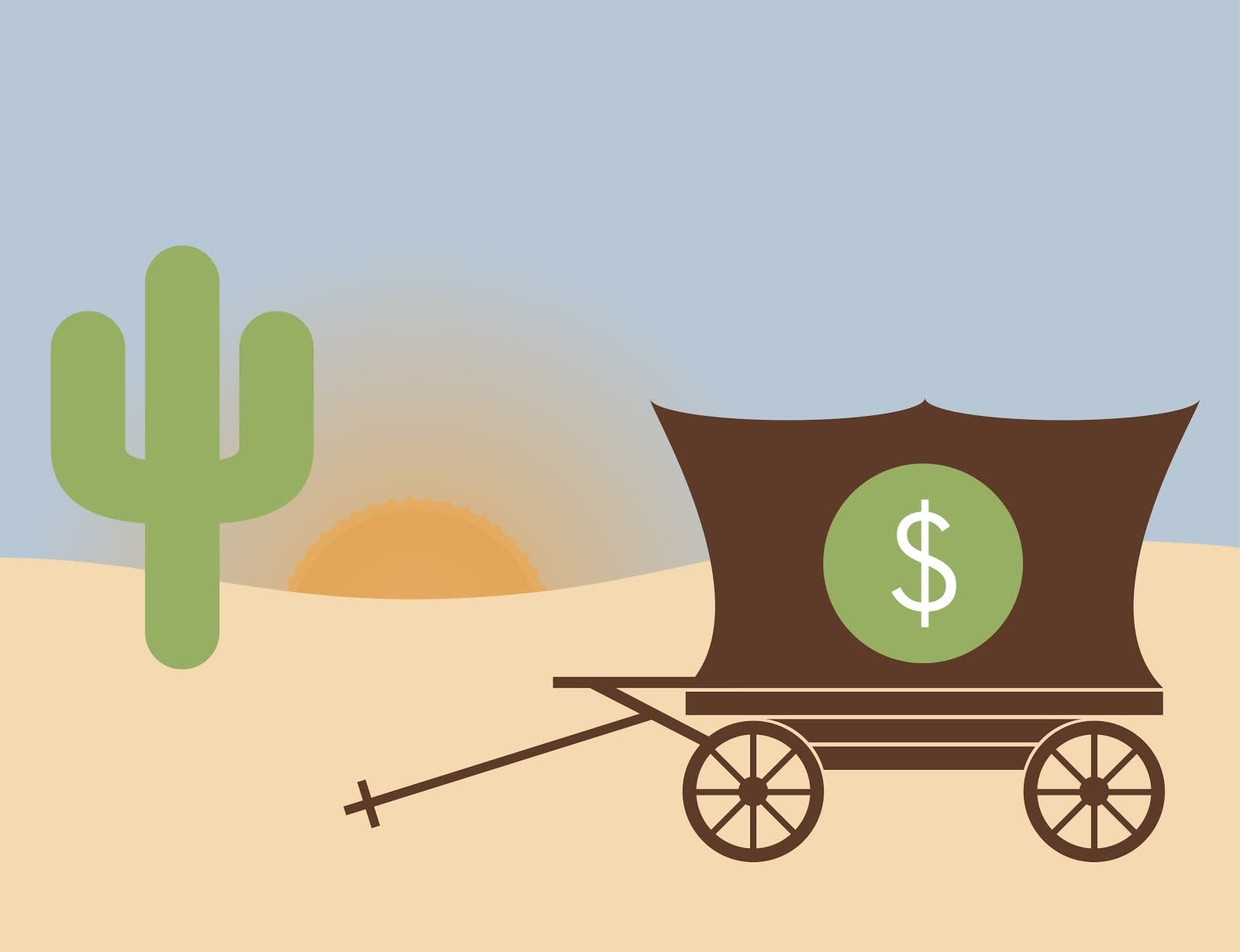Manage the Billing Process
Learning Objectives
After completing this unit, you’ll be able to:
- Explain how contracts and orders feed into the billing process.
- Identify the various time-based features of Salesforce Billing.
- Articulate why Finance is critical to customer engagements.
Salesforce Billing: Making Sense of Chaos
The absolute of numbers is arguably why billing is so appealing to the layperson. A customer owes you a specific amount of money on a specific date. You bill them. You get money back. You add up the numbers and that’s your revenue.
But we know there’s more to it than that. And as we mentioned in the previous unit, a lot of the complexity happens well before billing tools comes into play.

Finance’s Seat at the Table
It’s important to understand that even though it’s used by Sales, Salesforce CPQ really is the first stop for the Finance team, which is partly why Salesforce Billing is an add-on as opposed to a stand-alone or siloed system.
Salesforce CPQ generates the contract, where the terms and commitments influence the way you recognize revenue. (What are our obligations and did we deliver on them in time?) It’s also where the order originates, which is key to tracking bookings and generating the invoice. Ultimately, it’s important to get these right so that Salesforce Billing can take this information and continue the process in a seamless manner through invoice to accounts receivable.
First, let’s discuss the opportunities this type of platform offers.
- True automation can be achieved, since data can easily flow through quotes, contracts, and orders into invoicing. There is no need for recalculation, no need to reconcile differences between systems, and you can be as hands-free or as hands-on as you wish.
- The Sales-to-Finance gap is virtually eliminated. When you think about introducing a new product or business model, or changes to processes, both teams can quickly adapt since you are on the same platform working with the same toolset—closer knit by design.
Time Is on Your Side
Another key feature of Salesforce Billing is how we treat time. Where Salesforce CPQ enables such things as ramps, order splitting, and amendments for the delivery of services across a period of time, we bring it around full circle with Salesforce Billing. No matter what, you’re in full control over when and how a customer gets billed.
|
Align Billing Dates Across Amendments |
Amendments are important to recurring business, as customers have the flexibility to add on or upgrade in the middle of the billing cycle. This feature allows you to align the billing dates across these changes—useful if you want to send out only one invoice that recognizes what can be multiple changes to an order. |
| Override Billing Dates |
Temporarily change important billing dates. This helps you control the timing and duration of invoice generation for your customers. |
| Hold Billing |
Prevent an order from billing until it meets certain criteria. |
| Proration |
For changes to a contract during a contract term, automatically pull proration from the quoting and contract process to generate renewals. The customer sees what it costs to upgrade, downgrade, or swap in the quote (Salesforce CPQ) and Salesforce Billing generates an invoice with the exact same data automatically. No manual entry or recalculation! |
Salesforce has powerful features to give you full control of time with billing. The next challenge is how much should be billed? This is where the power of having Salesforce CPQ and Billing together really shines. Since Salesforce CPQ manages the subscription and amendments, you can see the exact amount that will be billed early in the quoting process for both new orders and orders generated from contract amendments.
In the end, all of these features are about giving your customers flexibility to do business with you, adding to that business on their schedule, and making sure they get what they need when they need it. And you have the flexibility to meet their demands in the fastest, most seamless way possible.
The Final Frontier for Business
Service and Sales collaborate around customer satisfaction. Marketing collaborates with Service and Sales to speak the customer’s language. However, we don’t have any common models for how Finance should be talking to the organization. That’s a big miss.

Finance has the last piece of the puzzle to the customer lifecycle. What’s been sold, what’s yet to be delivered, what services are subscribed to, when a customer is up for renewal… when you’re talking to the Finance team, you know exactly when to get in contact with your customer about continuing your relationship with them. Talk about perfect timing! Yet we see businesses haven’t fully tapped in to this kind of collaboration.
If we’re putting relationships back into focus, having the right platform for revenue is about streamlining and scaling one of the final bastions of the customer engagement in a way that cultivates loyalty, trust, and repeat business.